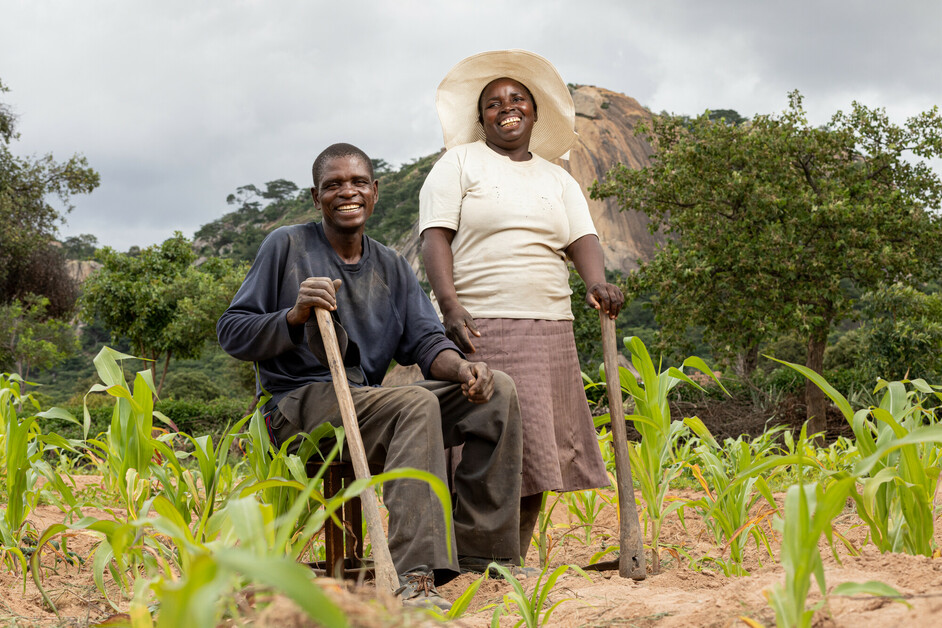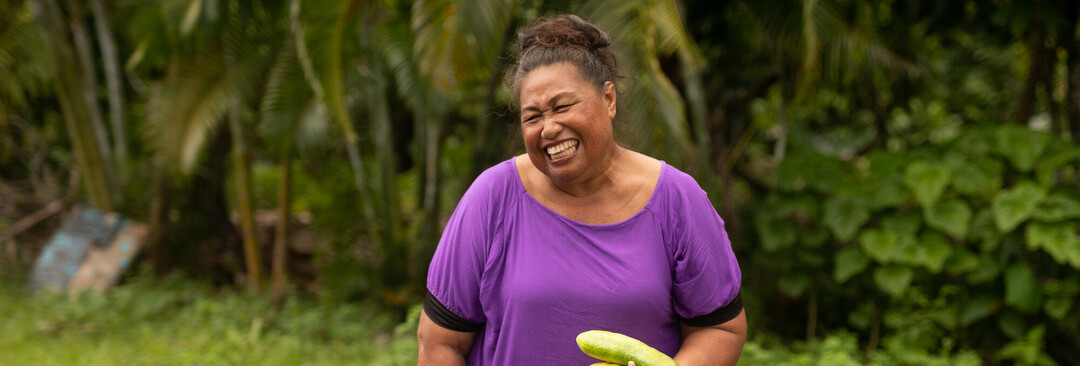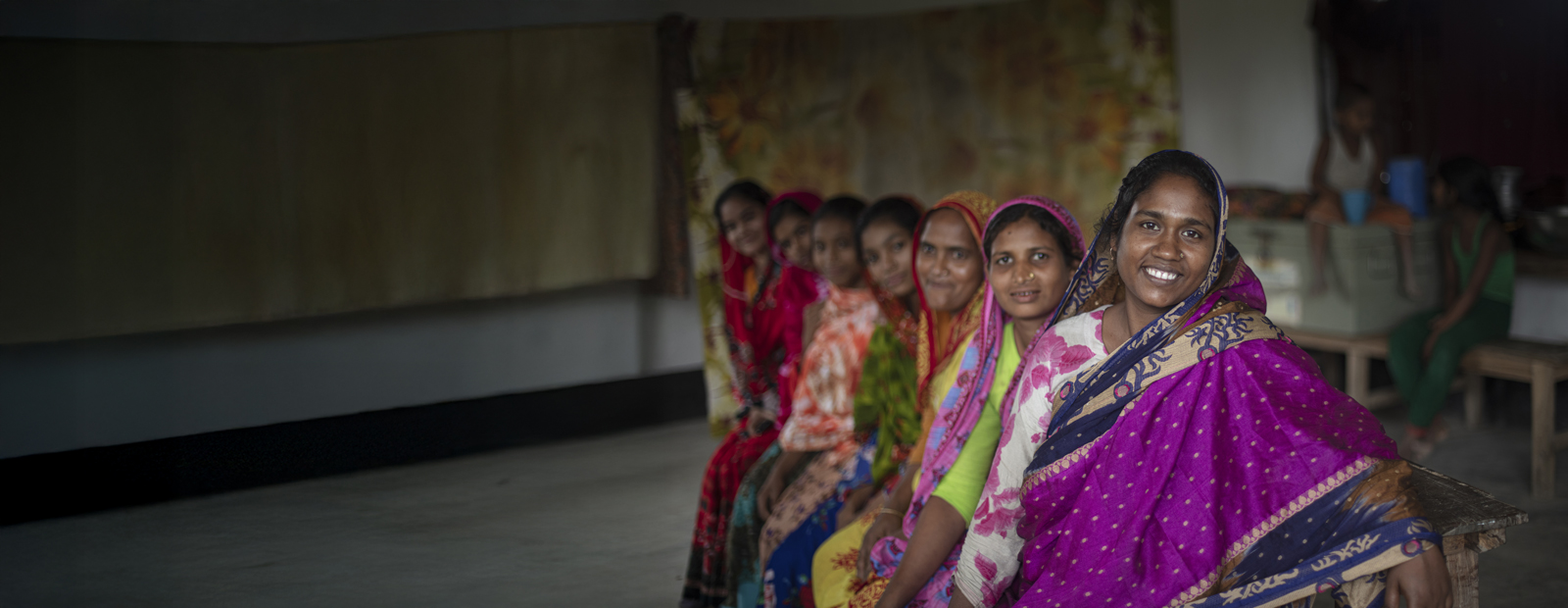The impacts of climate change are being felt across the world, with effects varying in intensity for all of us – for billions. From flooding, bushfires, and rising temperatures across Australia to elevated risks of natural disasters like hurricanes, cyclones, and earthquakes for our neighbours, all populations are fighting their own battles and charting their own course in pursuit of climate preparedness.
Here’s how humanitarian workers and organisations worldwide are responding to growing calls for climate action and adaptation.
As a global issue, however, the most effective methods for climate adaptation require a global humanitarian approach. And with the ICJ’s recent landmark ruling recognising climate change as an ‘urgent and existential threat’, we can expect to see more focused, collective action from humanitarian workers and international governments in the next few years – in anticipation of the SDG 2030 deadline and beyond, as the fight against climate change continues.

Alleviating climate impacts on human health and wellbeing
The foremost priority for most humanitarian climate responses is to alleviate the adverse effects of climate change on the health and wellbeing of global populations. Everywhere, climate impacts limit people’s availability to food and drinking water, and clean, breathable air.
Climate impacts are also affecting soil quality, limiting access to arable land and causing communities to be displaced due to natural disasters like landslides. The recent deadly landslide in Enga, PNG earlier this year is a prime example of adverse climate impacts for regional communities, with climatic shifts resulting in excess rainfall and unstable terrain. Even these minor changes in local weather conditions across the Enga Province resulted in the loss of 2000 lives, with thousands of others forced to evacuate as their villages were engulfed by up to 8 metres of rubble and rock.
With limited access to sanitation facilities and the region’s entire agricultural sector destroyed, Enga locals have been left with a stark and immediate need for climate adaptation in an environment that only grows more hostile and untenable. In Enga, the health impacts of climate change aren’t just limited to injury and death, but also dehydration and heat-induced illnesses, respiratory issues, malnutrition, mental health, and public safety risks in the form of local conflict and violence.
The Enga emergency is also just one of many ecological crises to make global headlines this year. From Gaza to Sudan, Lebanon, and Iran, conflict zones are experiencing rapid environmental degradation, creating food deserts, destroying local infrastructure, and drastically limiting access to vital health services. This resource scarcity in turn creates civil unrest, resulting in millions worldwide living in fear.
Our humanitarian workers at CARE Australia and our global partners work tirelessly to provide sustainable solutions alongside meeting urgent needs. Our global health aid initiatives aim to provide immediate relief to populations affected by ecological crises, ensuring that affected persons have the strength and support to rebuild and reinvest.
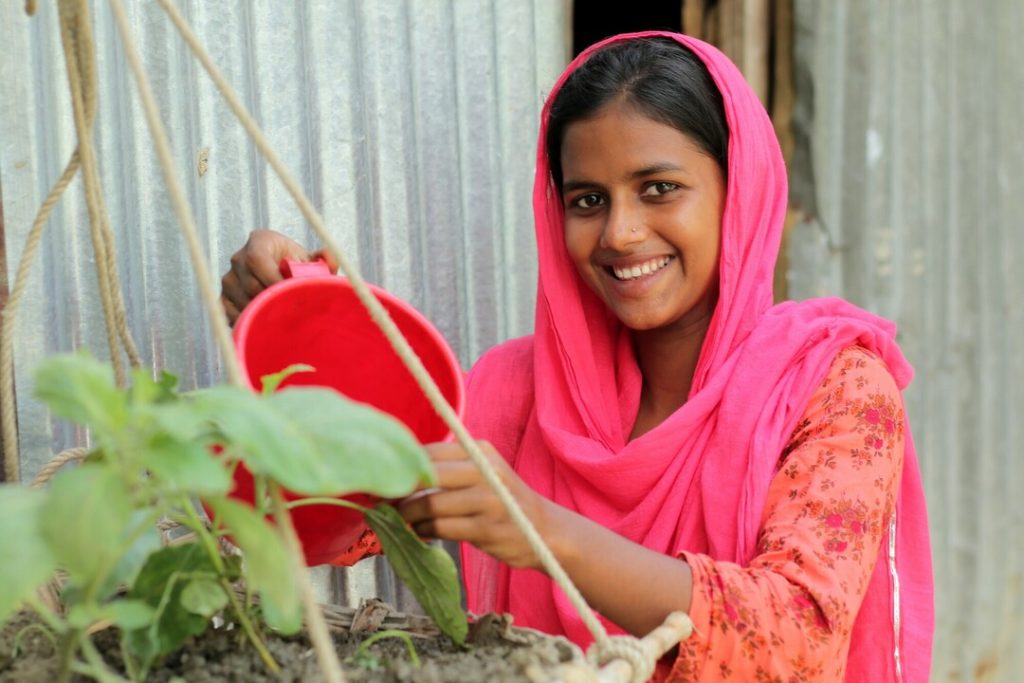
Investments in climate-ready infrastructure
When climate-related disasters strike, they often bring immense destruction to local infrastructure. We’ve seen this firsthand here in Australia, with summer bushfires and floods destroying regional roadways and cutting off access to vital emergency services.
When it comes time to rebuild, locals affected by climate crises can’t replicate the infrastructure they lost. Instead, communities work together to develop climate-adaptive infrastructure, ensuring that generations to follow are better prepared to live safely and sustainably.
All over the world, CARE humanitarian workers are experiencing climate-based complications to our humanitarian intervention efforts. So alongside providing food, healthcare, and clean drinking water, our programs focus on locally led infrastructure development projects as well.
Women’s empowerment is a vital strategy when it comes to investing in climate-ready infrastructure. By providing financial support in the form of small business loans and investing in systemic access to education for women and girls, CARE’s WE-RISE program has contributed to the sustainable redevelopment of local communities.
On top of supporting small business owners and rebuilding local economies, the WE-RISE program has also empowered people living with disabilities, ensuring that diverse perspectives are invited to contribute to local infrastructure development projects.
In recent years, the Australian Federal Government recognised in the rollout of their international development policy that locally led development strategies are key to offering sustainable aid initiatives. CARE Australia follows this ethos, ensuring that our humanitarian aid campaigns don’t address symptoms, but provide lasting, tailored systems and infrastructure that’s accessible to all demographics, including women and girls, and people living with disabilities. With this approach, we ensure that our infrastructure projects are climate conscious and support local populations in staying adaptive over the long term.
Funding technological advancements for climate preparedness
All over the world, innovative minds are developing climate-adaptive technologies like water filtration systems to fight dam and river pollution, sustainable seawalls to protect coastlines from erosion, and effective irrigation solutions that conserve water in drought-affected areas. These technological innovations aren’t developed in a computer lab in Silicon Valley or a Sydney boardroom, however. They’re developed by local innovators, activists, and aid workers with boots on the ground.
In actuality, community-based adaptation projects don’t just drive much-needed innovation for local communities in need. Most if not all of these climate-ready technological solutions that are developed and implemented on-site for communities in crisis are also adopted en masse worldwide.
Water filtration systems that were originally developed by humanitarian efforts are now used for recreational outdoor activities like camping and hiking. Conservation farming techniques that were originally trialled in developing communities have gone on to influence Australia’s agricultural sector, reducing the industry’s overarching climate impact and ensuring our own drought-prone regional communities are better equipped for weather extremes.
In providing funding efforts for climate-adaptive technological development projects, the work we do in this field at CARE ultimately improves the quality of life of all peoples, from populations that are immediately affected by climate-related crises, to citizens of developed nations who prioritise sustainable living as a means of supporting at-risk communities worldwide.
This approach to empower communities in developing their own strategies to climate-adaptive technologies mirrors the Federal Government’s international development policy once again, taking the focus off external aid and instead establishing humanitarian campaigns that build robust, and self-sustaining economies powered by local innovation.
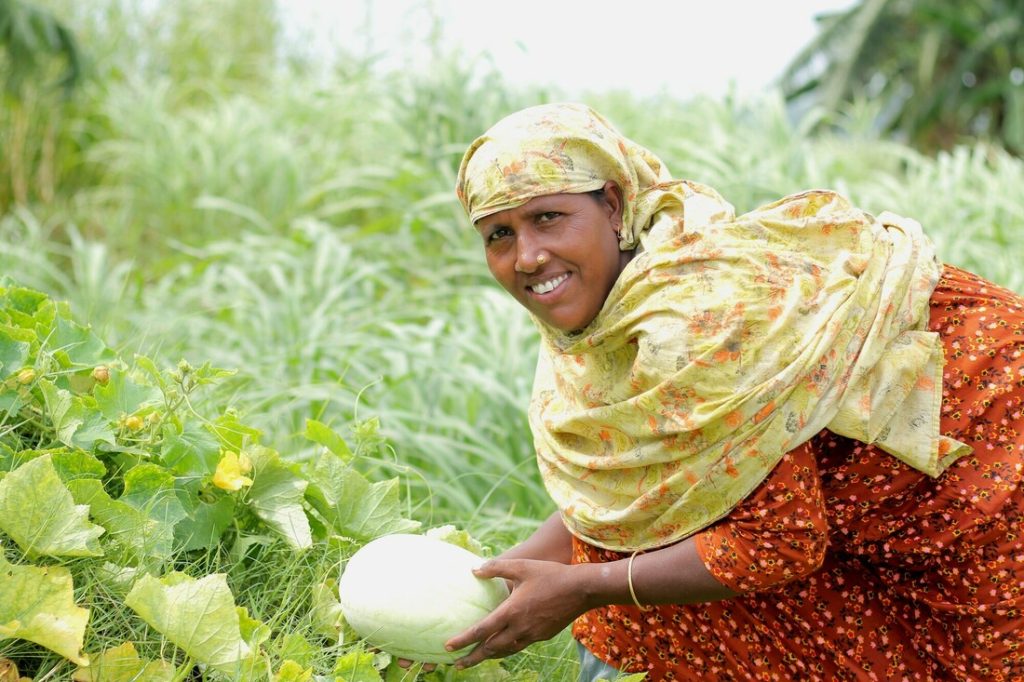
Climate advocacy and policymaking worldwide
Recently, CARE Denmark released their Hollow Commitments 2025 report, an analysis of climate finance plans prepared by a select group of 27 ‘wealthy’, developed countries. Of that group of 27 countries, the report found that only three – Denmark, New Zealand, and the Netherlands – had aimed to allocate at least 50% of their climate funding to adaptation.
As a major contributor of carbon emissions within the G7 nations, Australia is amongst some of the wealthiest countries that are failing to deliver on our climate finance promises. However, Australian attitudes to climate change are trending supportive of greater investments in climate adaptation – with greater calls for Australian policymakers in developing domestic policies, as well as providing improved climate finance for ‘low-income countries’.
Reporting from non-governmental humanitarian agencies like CARE play an integral role in supporting climate activists and policymakers, providing the real-world data that’s needed to bring climate action into parliamentary proceedings with confidence. Alongside using our global network to facilitate climate adaptation efforts and conduct climate research, CARE also advocates for activists helming local climate action initiatives – from raising awareness to underreported climate news worldwide, to our APAC efforts across Vanuatu, Samoa, Fiji, and platforming the young voices of the Pacific Islands Students Fighting Climate Change (PISFCC) in their own march to the ICJ.
There has been plenty of evidence presenting that at its core, climate change is an issue of equality, with populations that make the most minimal contributions to greenhouse emissions often being the most adversely affected by the dynamic effects of global warming and environmental degradation. As a G7 nation, it’s up to us to make sure our actions (or inactions) don’t reverberate out and arrive on foreign shores in the form of calamitous winds, polluted waterways, famine, poverty, and civil unrest.
Support global climate resilience efforts with CARE Australia
At CARE Australia, we take pride in supporting dynamic humanitarian missions that are geared towards climate resilience. Our humanitarian climate initiatives are tailored to meet the present and projected needs of global communities, including our neighbours across the Pacific Islands.
Our localised Oceanian efforts for climate adaptation use strategies that have been developed with collaboration from local groups as well as international climate leaders. Our work is collective and community-driven, designed to support tailored and sustainable solutions that provide a powerfully positive ripple effect – from the Pacific Ocean to the Mediterranean Sea, and all the waterways, mountain peaks, forests, and grasslands that lie in between.
Want to contribute to our climate resilience campaigns? Donate to CARE Australia today, or find more ways to give and support our humanitarians worldwide.
